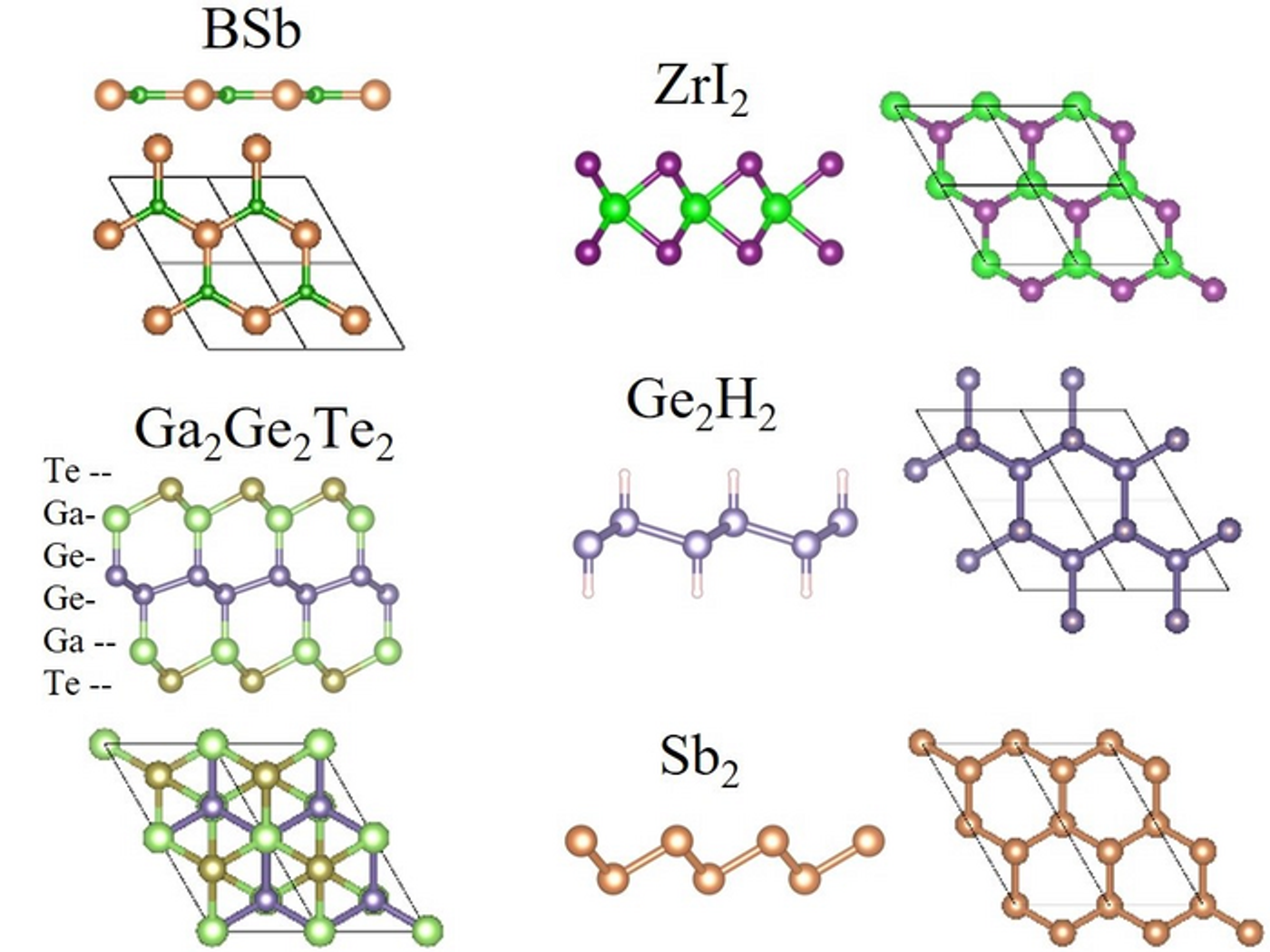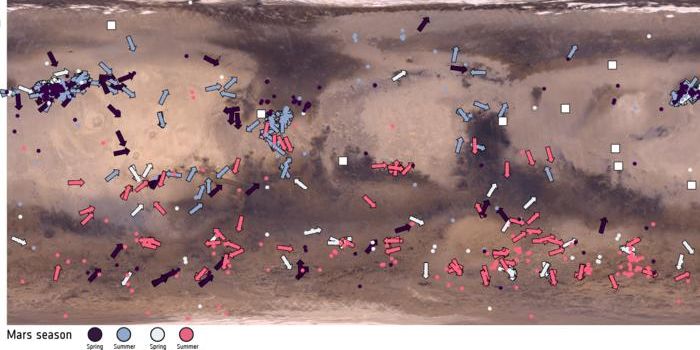2D Semiconductors Could Replace Silicon-Based Computer Chips
A team of researchers from The University of Texas at Austin have discovered 14 materials that allow two-dimensional (2D) semiconductors to possess 10 times the carrier mobility, or the speed of electrons, at room temperature than present semiconductors, while also possessing greater carrier mobility than bulk silicon semiconductors, as well. This study holds the potential to improve upon present 2D semiconductors for real-world applications as they traditionally lack carrier mobility at room temperature.
2D semiconductors that possess very high charge mobility at room temperature. (Credit: The University of Texas at Austin)
"If you can replace silicon with 2D semiconductors that will lead to faster devices that consume significantly less energy," said Dr. Yuanyue Liu, who is an assistant professor in the Cockrell School of Engineering's Walker Department of Mechanical Engineering and Texas materials Institute, and a co-author on the study.
Geometry is the major difference between 2D semiconductors and traditional silicon-based semiconductors, with 2D semiconductors being much thinner comprising only a couple of atomic layers. However, this extremely small size also poses issues due to their tightly packed environment which doesn’t allow electrons to move as freely, leading to low carrier mobility.
After finding the 14 materials using a database of existing materials and a characteristic checklist, it was discovered they possess unique characteristics that allow electrons to become more transparent, which leads to greater freedom of movement and improved carrier mobility.
"The fact that we only found 14 materials with potentially high carrier mobility out of thousands does not contradict the conventional wisdom," said Dr. Liu. "It shows how difficult it is to find 2D semiconductors with high carrier mobility."
Going forward, the team hopes to collaborate with experimental researchers in developing additional materials so the researchers can test their findings in real-world settings, as Dr. Liu cautions they still remains theoretical.
Sources: Physical Review Letters, The University of Texas at Austin
As always, keep dong science & keep looking up!









